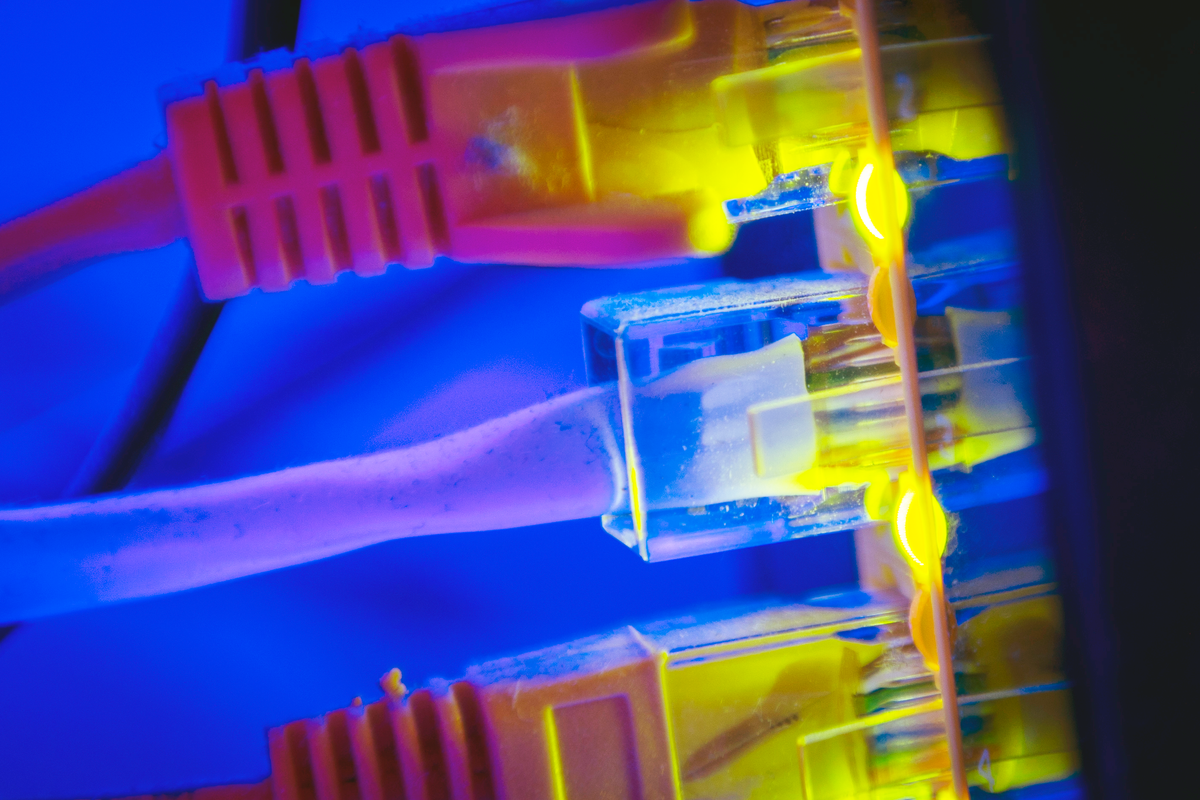Now imagine having an internet speed of 402,000,000 Mbps with the same fiber optic cable you can get off the shelf.
To put it another way: Imagine having virtually no download times for huge game files, even for massive games like ARK: Survival Evolved.
Earlier this spring, Japan’s National Institute of Information and Communications Technology achieved this new 402 terabits-per-second internet speed world record, showing that near-instant data transfer speeds are closer to reality.
Transferring data over 50 kilometers of standard, commercially available optical fiber cables, the international research team achieved a staggering data transmission rate of 402 Tbps, or 402,000,000 Mbps, beating the previous rate “by over 25%.”
While these world-record internet speeds won’t be reaching your home anytime soon, the NICT’s experiment results will most certainly influence the future development of in-home internet speeds.
Let’s examine exactly how these results were possible and what this major world record could mean for your in-home internet speeds years from now.
How 402,000,000 Mbps speeds were made possible
The international joint research team broke the world record for the fastest ” data rate,” or data transmission rate, reaching 402,000,000 Mbps in “a standard commercially available optical fiber.”
A data transmission rate — also known to as a data transfer rate, DTR, or throughput — is the volume of data that moves from point A to point B within a certain period of time.
In order to increase the speed with which data was able to travel from one place to another, NICT used more transmission bands, which you can essentially think of as lanes on a highway. With more lanes or increased transmission bandwidth of 37.6THz — up 35% from NICT’s previous test in October 2023 — a much higher data transmission rate was made possible.
Compared to what we have access to in our homes now, WiFi 7 is capable of 320MHz channel bandwidths, which is double that of WiFi 6.
It is practically impossible to cost-effectively upgrade from 340MHz to 37.6THz right now. However, this could certainly influence ideas for doubling bandwidth again, making 640MHz channel bandwidths possible for WiFi 8.
To increase the speed at which data could travel, NICT used more transmission bands, which one can think of as lanes on a highway.
As it stands, even the most powerful desktop PC couldn’t achieve these newly set world record speeds. Your motherboard, RAM sticks, SSD, and Ethernet port would all throttle speeds because they simply aren’t that advanced yet and probably won’t be for quite some time.
With those limitations in mind, it’s difficult to see this world record as just for show.
It’s a fantastic feat that’s fun to talk about, sure. But this test also opens the door to more tests that can be replicated on a smaller scale to improve existing in-home internet speeds and laptop hardware.











